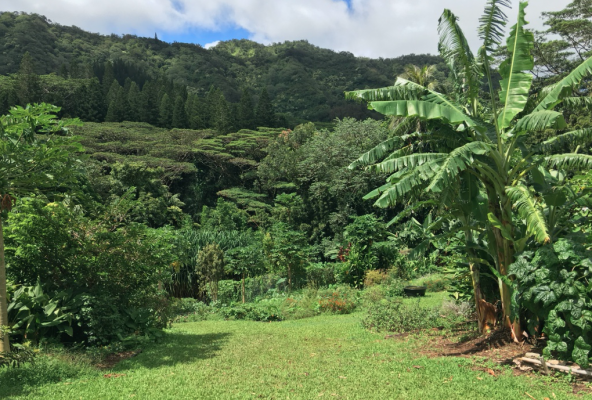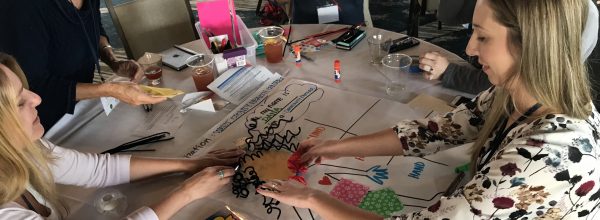I just got back from Hawaii. As part of our ROOTS program, which is tackling social determinants of health, staff from California safety net health systems had the opportunity to visit two health centers in Oahu. We didn’t pick the island just for the sun and sand. Kokua Kalihi Valley and Waimanalo Health Center are truly pushing the limits of what it means to contribute to, strengthen, and sustain community health and wellness.
At CCI, we have learned that the “site visit” is a very powerful way for leaders in organizations to feel and viscerally understand what it means to operate in a different way. Over the years we have visited clinics with exceptional team-based care approaches, stellar models for implementing group visits, medication assisted therapy programs, and other efforts aligned with key transformation efforts. But for something as profound and complex as addressing social determinants of health, we are learning that the site visit is essential to understanding the nuances for how to approach this work. It’s much more about the tactics and philosophy around the role of the health center.
I left our site visits with so many new ideas that my brain will surely be spinning and processing for a while. However, one of my biggest takeaways is how essential it is for the most senior leaders of an organization (and its board of directors) to have a shared mindset of humility and openness. For the rest of the organization to follow, the leaders must truly approach their work in a way that encourages true community dialogue and deep listening.
This Hawaiian concept of “talk-story” was reiterated by both organizations. They take the practice of hearing out and understanding people’s personal narratives very seriously. There’s a clear recognition that the goal of the health center is to serve the community and focus on what’s important to overall health and wellbeing. And it can’t happen without truly listening.
When we started this work with our health centers about eight months ago, I had a hunch that capturing social determinants of health data would be the most concrete method to analyze the needs of the community. By using the data, we wouldn’t be guessing about how to focus our efforts. We would be precise about where to start based upon what our patients were telling us.
Interestingly, neither of these Hawaiian health centers systematically collect this data using standardized assessment tools. Instead, they focus on patient stories, as well as building connections through their community health workers, navigators and community-based programs. However, even without the formal data, they know what their patients need.
I think I’m coming to a realization that maybe we should be thinking about a blend of approaches to capture data. I can see how the individual-level data ensures patients are not slipping through the cracks and helps us start quantifying needs. But, there is much we can be doing to hear patients in ways we haven’t in the past.
It worries me to see so much emphasis on finding the right tool, collecting the data, putting the data in the electronic medical record, and figuring out how to get the data to the right people, when there is very little movement to then do anything about it. Maybe we shouldn’t be using the data issues as an excuse to start acting, but rather get more creative about how we listen.
What do you think?


